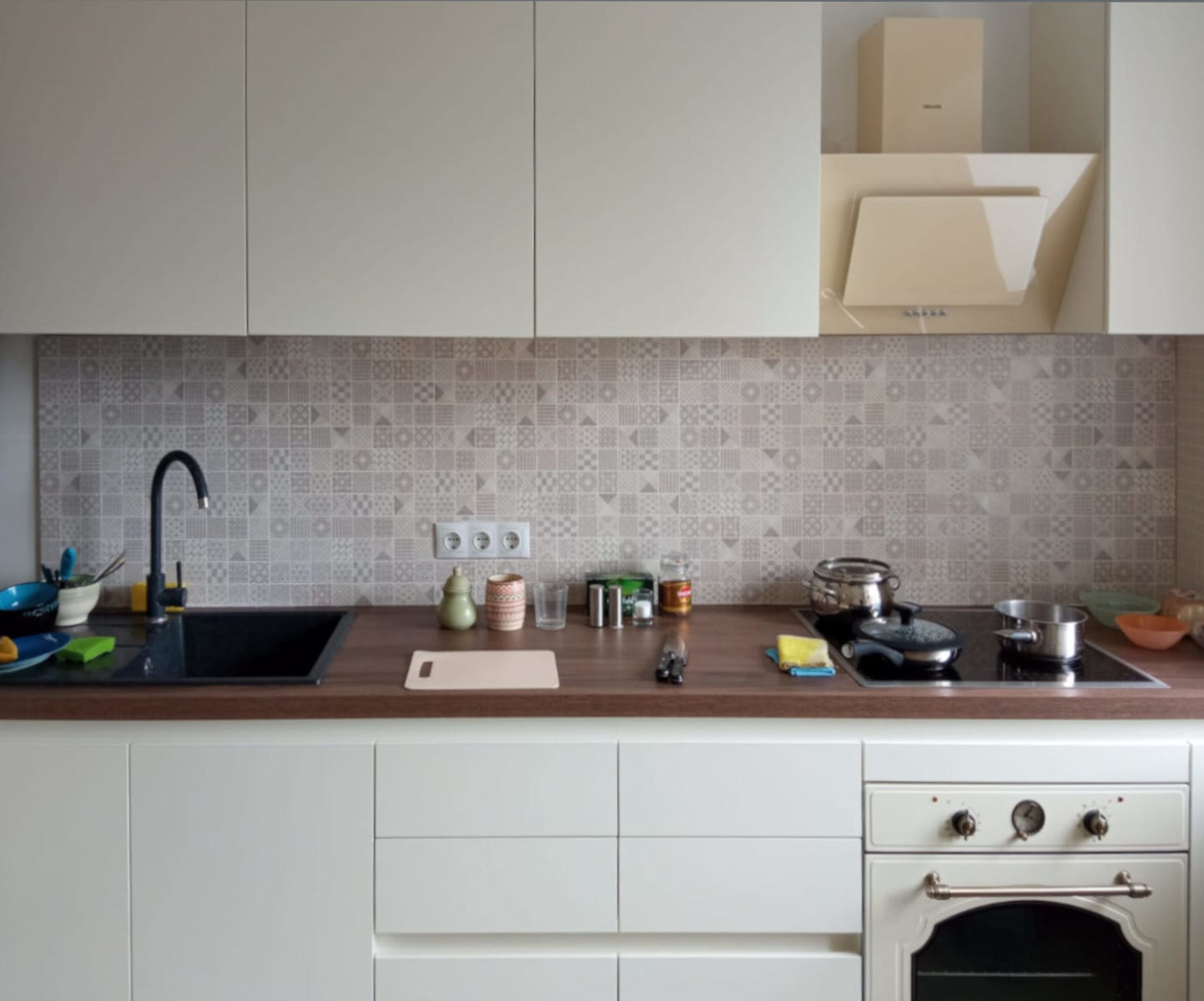
Culinary Spaces Redefined
Introduction to the Modern Culinary Scene
As we look at the landscape of modern cooking, it is evident that culinary spaces have undergone a dramatic transformation. This evolution is more than just a change; it's a revolution that redefines what a kitchen represents. Once solely considered the place for meal preparation, today's culinary spaces have become the heart of the home, serving multiple purposes and reflecting personal style, efficiency, and technology.
The Rise of Open-Concept Kitchens
One of the most significant changes we've seen in recent years is the shift towards open-concept kitchens. These layouts facilitate a seamless flow between cooking areas and living spaces, encouraging social interaction and allowing families to spend more time together. The walls have literally come down to invite openness and inclusivity, turning meal preparation into a participatory and communal event.
Technology Integration in the Culinary Space
With the advent of smart home technology, kitchens are now equipped with devices and appliances that enhance convenience and culinary creativity. Modern kitchens feature smart refrigerators, programmable ovens, and even voice-controlled gadgets that assist in recipe planning and inventory management. This integration of technology has not only changed how we interact with our culinary spaces but has also increased the functionality and efficiency of our cooking routines.
Sustainability and the Eco-Friendly Kitchen
Environmental concerns have prompted a growing emphasis on sustainability within the kitchen. Eco-friendly appliances, materials, and waste-reduction techniques have become a priority for many homeowners. From energy-saving induction cooktops to composting systems and water-conserving faucets, today's culinary spaces are at the forefront of the green movement, promoting healthier practices for the planet and its inhabitants.
Design Aesthetics and Personalization
Gone are the days of one-size-fits-all kitchen designs. Culinary spaces now reflect the personalities and preferences of their owners. Custom cabinetry, unique backsplashes, and bold color choices are just some ways people are making a statement in their kitchens. The design is not just about the visual appeal; it also encompasses the practicality and ergonomics that make cooking an enjoyable experience.
Entertainment and the Culinary Stage
Kitchens have become entertainment hubs, equipped not only for cooking but also for hosting gatherings. Features like large center islands, warming drawers, wine coolers, and even home bar setups cater to the social aspect of cooking. The culinary space as a 'stage' for demonstrating cooking skills shines in this new era, ensuring that both the cook and the guests enjoy the experience.
The Impact of Global Cuisines
As we become more globally connected, our kitchens increasingly reflect a blend of international influences. Culinary spaces are being outfitted to accommodate the diverse cooking methods and ingredients from around the world. This fusion of global culinary traditions has not only expanded our palates but also the functionality needed in modern kitchens, from specialized equipment like wok burners to pasta arms.
Conclusion: The Ever-Evolving Culinary Space
The redefinition of culinary spaces is an ongoing journey influenced by lifestyle changes, technological advancements, and global trends. As we continue to innovate and adapt, the kitchen will remain a fluid and exciting focal point in our lives, responding to our needs and desires while fostering creativity, community, and comfort. It is clear that the culinary spaces of today and tomorrow will continue to be places of nourishment, discovery, and connection.